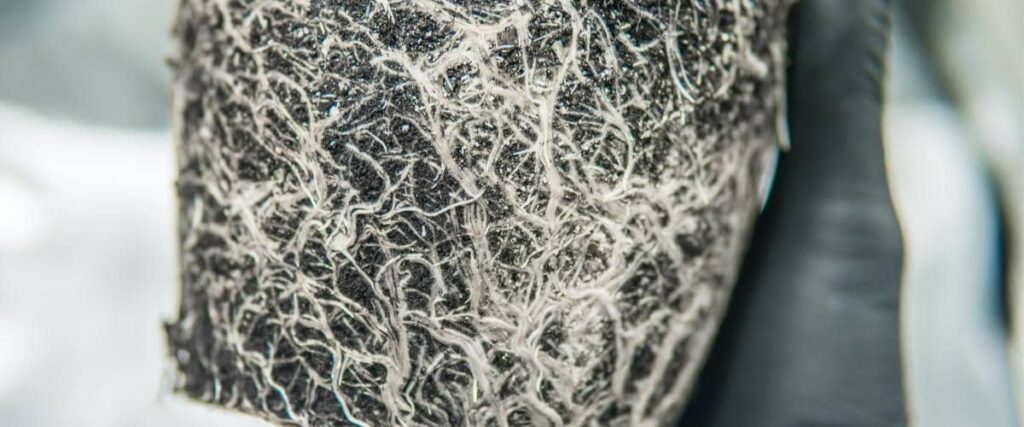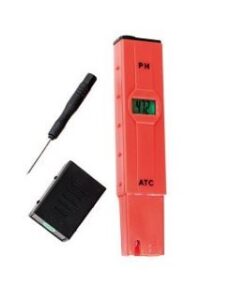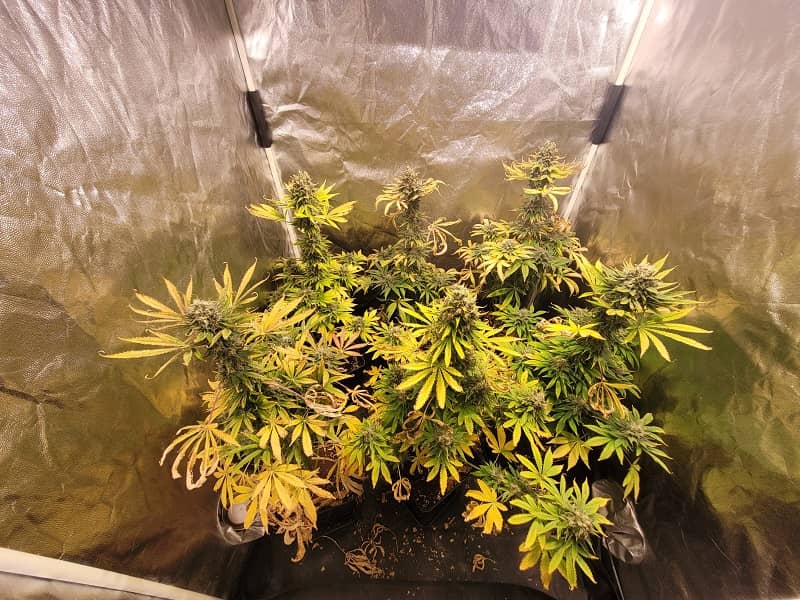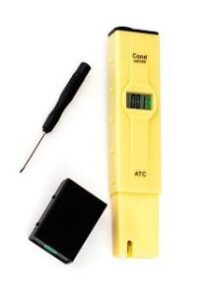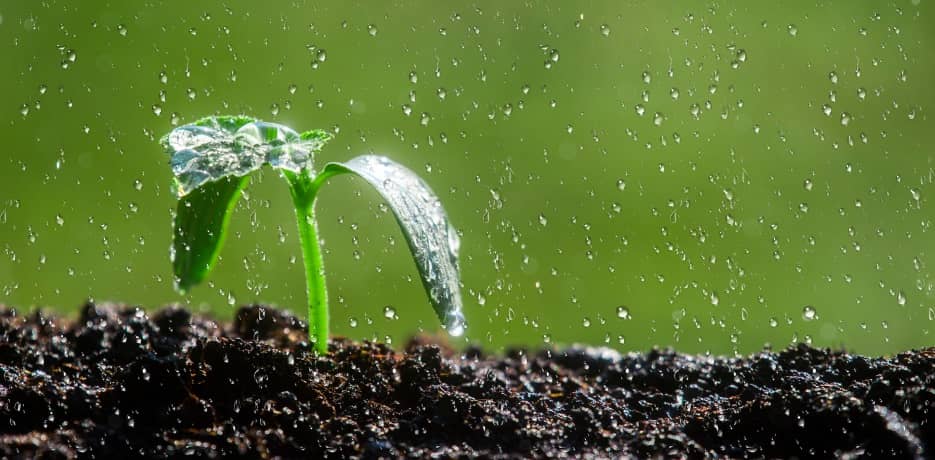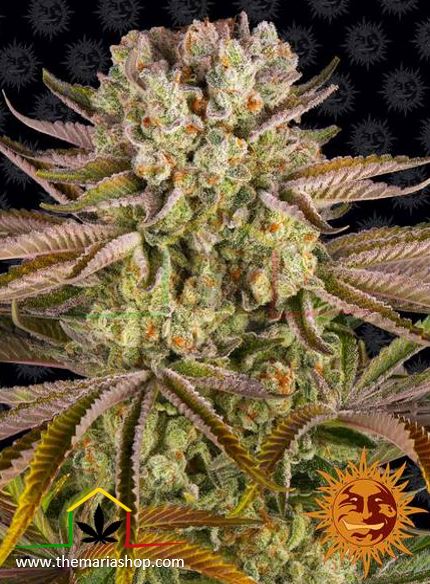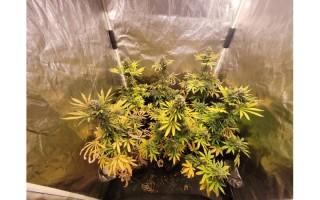
END OF FLOWERING: ROOT FLUSHING OF CANNABIS PLANTS
Lately, end of flowering roots flushing of cannabis plants has been causing several sides, some say yes and others say no, but what is the reality of this process? In our online grow shop, we tell you all about it in detail!
ROOT FLUSHING OF CANNABIS PLANTS AT THE END OF FLOWERING
What is root flushing for?
Root flushing is done at the end of cannabis crops to remove the accumulation of fertiliser and salts in the roots of the plants. This way, the buds will have a better aroma and taste, and we will avoid that scratchy throat left by cannabis grown with chemical products.
But beware, doing root flushing wrong may cause damage to plants and buds. Be sure to do it correctly.
When you do the root flushing end of flowering?
The best moment to do root flushing is when there are approximately 10-15 days to harvest. To know this we must know the days of flowering of the cultivated variety, if we don’t know this, with the help of a microscope we can look at the state of the trichomes maturation, this will indicate approximately how many days are left until harvest.
How do you do root flushing before harvesting?
It’s very important to know exactly how to do the root washing, because if it’s done incorrectly, our plants may contract fungal diseases.
“Root flushing” is an easy process, just several waterings with plenty of water will be enough to remove the fertiliser build-up at the root. Some people take the pots and put them directly under the tap or bathtub, and let the water drain through the holes in the pot. Themariashop advises that if you want to do this, you have to regulate the pH of the water and then irrigate it with abundantly water.
It’s important that the soil drains well the water, because if the water remains stagnant in the pot, the only thing we will achieve is to rot the roots and attract fungi.
For good root flushing, regulate the pH of the water.
Before watering root flushing, you have to regulate the pH of the water. The pH should be around 6 – 6.5. Once the pH has been regulated, irrigate it. To be able to regulate the pH, we must first know it’s value, for which we will need a digital or manual pH meter.
Root flushing of indoor plants end of flowering :
This process is the same for plants grown indoors and outdoors, as long as they are grown in pots. The only difference we can find is the size of the pot, indoors the pots are usually 7, 11 or 18 litres. You also have to be careful with the excess water that will come out from under the pots, as it will go into the growing cupboards or on the floor. We can recover this water with water collecting dishes or trays. Once the water has been recovered, we must throw it away, not leave it in the trays, as this will rot the roots.
Root flushing of outdoor plants end of flowering:
In outdoor cultivation, if we grow in pots, we could do root flushing, as the excess water would come out through the holes at the bottom of the pot, evacuating the fertiliser and leaving the substrate without nutrients. If you grow in soil (directly in the ground), we don’t advise you to wash the roots excessively, we will tell you why later on.
Root flushing in hydroponics:
If you grow in hydroponics, doing a root flushin is super simple and an effective process, in this case we will leave our plants without nutrients in a few days, which will considerably improve the flavor and aroma of the buds.
For this process it’s enough to empty the water tank with nutrients and refill it with water only, without adding any fertiliser. We will regulate the pH of the water and run the circuit normally, this will clean the roots of the plants in a few days (2 to 5 days before harvest).
Root flushing in coconut fibre:
Coconut fibre is an inert substrate, so if we grow in this type of substrate to clean the roots at the end of flowering, it will be enough to remove the nutrients from the irrigation water two or three days before harvesting.
Root flushing in autoflowering plants end of flowering:
This process will be carried out in the same way for photosensitive varieties as for auto varieties, taking into account the size of the pot and the flowering time to ensure that the washing is done in the necessary number of days.
How many litres of water for root flushing?
To flush the roots, add double or triple the amount of water to the volume of substrate, so if we use a 7-liters pot, we will wash the roots with a volume of water of between 14 and 21 liters. If we use a 25-liters pot, we will need between 50 and 75 liters of water to carry out a good root washing.
Root flushing products:
First of all we will talk about enzymes, enzyme products make the roots healthy and clean. For this reason we advise you to use enzyme products during the whole crop (at least once a week), this will prevent the fertiliser from blocking the root zone and we will keep the roots clean and healthy during the whole crop. This way, when we wash the roots at the end of the crop, it will be much easier and more effective.
There are enzymatic products of many brands, in fact almost all fertiliser brands have their own. Here are some of them:
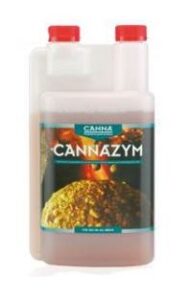
|
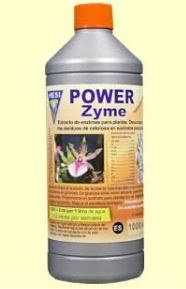
|

|
It’s true that nowadays there are brands that have developed specific products to effectively clean the root zone, one of the best known is Flawless finish by Advanced Nutrients.
How do I know if I did a good root flushing end of flowering?
When we wash the roots of our plants, the leaves will turn completely yellow. If this happens, it means that the washing has been effective, as this happens because there are no nutrients left in the substrate.
If the plants remain green, this means that there is still some fertiliser left in the substrate and that a second root flush should be carried out.
Another way to check if there are still nutrients in the substrate is to water the plants after flushing and measure the nutrients in the water with the help of a digital EC meter. If the EC of the excess water is equal to that of the irrigation water, then this means that there are no more nutrients left in the substrate and that the flushing has been carried out correctly.
When should you avoid root washing ?
We don’t recommend this procedure when growing with organic fertilisers. If you are growing with organic fertilisers, it’s sufficient to stop applying fertilisers 10 days before harvesting and water normally but only with water.
We shouldn’t flush the roots when we want to reuse our substrate, as this process will leave the substrate lifeless and unusable.
We will not do this procedure when we love the soil we use, there is life in the soil and that life will help you to get abundant plants and crops. In this case, use only organic and biodegradable nutrients.
Is root flushing a myth?
We can’t tell you for sure if this process is a myth or not, but this has been done for many, many years (I’ve done it myself) and the truth is that it can really show in the taste if done correctly.
But don’t try to fix weeks or months of cultivation with chemical nutrients in a single week, work the roots throughout the cultivation with enzymatic products.
But we insist, if what you are really looking for is to obtain crops with better aromas and more flavour, don’t give it another thought, use organic fertilisers!

